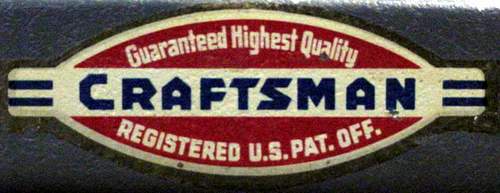There are a few things to consider when buying a table saw, especially if you’re unfamiliar with table saws or have never owned one before. Safety, quality, and accuracy are important factors. If portability is important to you, keep in mind that it can come at the expense of the other three.
Safety
Table saws are powerful and versatile tools and are a good starting point tool for wood working or even a lot of general DIY projects. Like all power tools, it’s important to have the appropriate amount of respect for saws. Table saws cut things. It’s their only job. They do it well and indiscriminately. They will cut through fingers just as effortlessly as a board which is why it’s always important respect the tool, stay alert, and follow some basic safety guidelines at all times.
Some of the more modern tools (e.g. SawStop) have an automatic mechanism built in which immediately stops the saw if one of your appendages contacts the blade. If you can swing the hefty price tag, it’s well worth it to make sure you don’t lose any fingers. If you can’t, that’s understandable. Even if you have a saw with advanced safety features, it’s still important to never let your guard down.
The first, most important rule of table saw safety that you should always unplug the saw before doing any kind of maintenance.
Safety Hazards
With table saws, there are a few common safety risks to be aware of.
-
Risk of Severed Appendages: Fingers are obviously the ones in the most danger, although they’re not the only ones. Never place your fingers within 10 in. of the blade while the saw is powered on or plugged in. If close contact with the blade is necessary, use push sticks to guide the board through the blade. There are all kinds of push sticks available. You can even make your own if you can’t find one that quite does the job.
-
Kickback: Wood fibers rarely travel in a straight line and there is often a lot of internal twisting and tension within a board. Kickback usually happens when the far end of a board, the end exiting the blade while cutting, grabs or pinches the blade. If it grabs hard enough, the momentum from the saw blade can violently throw or slingshot the board back toward the operator (you). You can be seriously injured or at the minimum have a nice big hole punched in the wall. …Don’t ask me how I know. There are a couple things you can do to avoid kickback. First, Never stand directly behind the material being cut. This mostly applies to boards and not so much to sheets of plywood which usually have less internal stressors. Stand off to the side while guiding material through the blade. Second, use a rip fence or miter gauge whenever possible. These will not only make the cut more accurate, they will also help prevent you from inadvertently twisting the material and binding up the blade. Third, if possible, install a splitter or riving knife. These go behind the blade and fit in the groove as it’s cut, holding the board pieces apart and preventing them from grabbing the saw blade. Fourth, Take it slow and steady. Do not force the material through the blade if it starts binding or if the saw is bogging down.
-
Risks of Other Moving Parts*: Other moving parts on your saw can carry risks as well such as getting appendages, hair, or clothing caught in the drive belt. Do not remove the belt guard if one is present and avoid close proximity to belts, motors, and moving parts and components. Keep long hair put up and do not wear loose clothing while operating a table saw or other power equipment.
-
PPE: The possibility of flying debris and saw dust also brings the risk of eye injuries. Never operate a table saw or other power tool without property eye protection. Use ear plugs or other hearing protection while operating power tools (unless you want tinnitus for the rest of your life like me).

